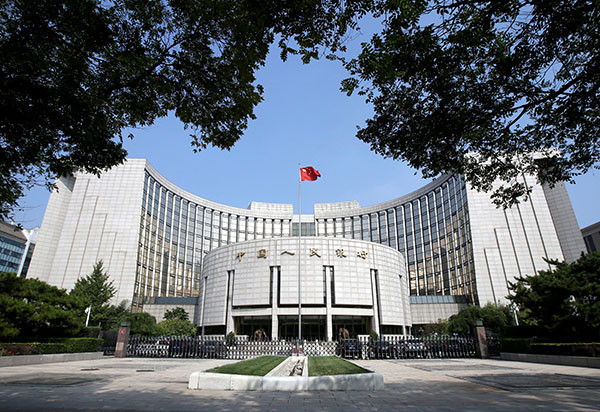December bank loans in China allegedly fell in 2019. However, it was revealed that despite the low turnout, it was the highest record on the number of loans secured in the country for the year. Chinese banks would also apply lighter policies to encourage more bank loans by 2020 and support the slowing economy.
Chinese banks were reported to have lent about 1.194 trillion Chinese Yuan or 171.7 billion United States Dollars (USD) last December of 2019, reported Investing. It was lower than the bank loans issued last in the previous month of November that amounted to 1.39 trillion Chinese Yuan.
A survey of 31 economists showed that the median estimate for the December data up to present is at 16.88 percent trillion Chinese Yuan or would generate an increase in the number of bank loans at a rate of 4.3 percent compared to December 2019 values. The highest record before the December values was at 16.7 trillion Chinese Yuan back in 2018.
The analysts hinted that China has imposed faster credit expansion policies that would aid the country in stabilizing its economic growth. The said policies resulted in easier bank loan acquisitions after a six percent decline during the third quarter of 2019. It was also referred to as the lowest turnout of bank loans since the early 1990s.
The People's Bank of China (PBOC) then announced that they would generate efforts that would spur spending in China. The policy changes would involve cutting down the country's bank reserve-requirement ratios (RRRs) to eight percent. The policy has been effective since 2018 and resulted in trillions of the Chinese Yuan in liquidity.
The PBOC would also continue lowering its key-lending rate, which had been operative for months. It promises to offer more cuts and announced that it would be in force by the end of January 2020.
China has also maintained its inflation target to three percent. Thus, it was mentioned that Chinese policymakers would also implement more rollouts to promote economic support measures and avoid the aggressive stimulus.
China, however, wishes to set a lower economic growth rate this year, reported Reuters. It would set the target at six percent from 6-6.5 percent in 2019.
It was also highlighted that since phase one of the China-US trade deals would be signed this month, some pressures on the country's economy would be eased up. Thus, the analysts then suggested that foreign direct investments would increase and business confidence in China would improve.






